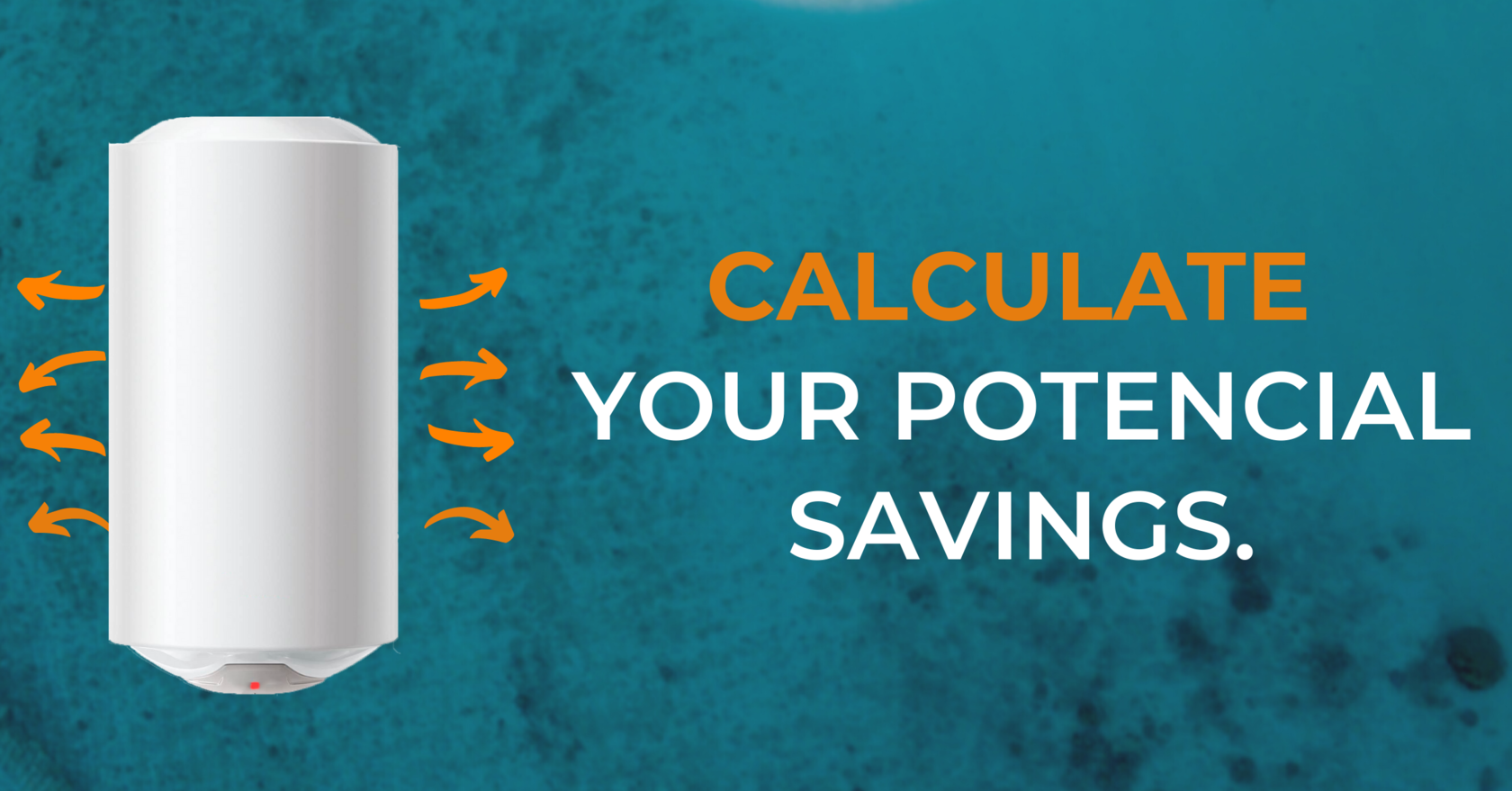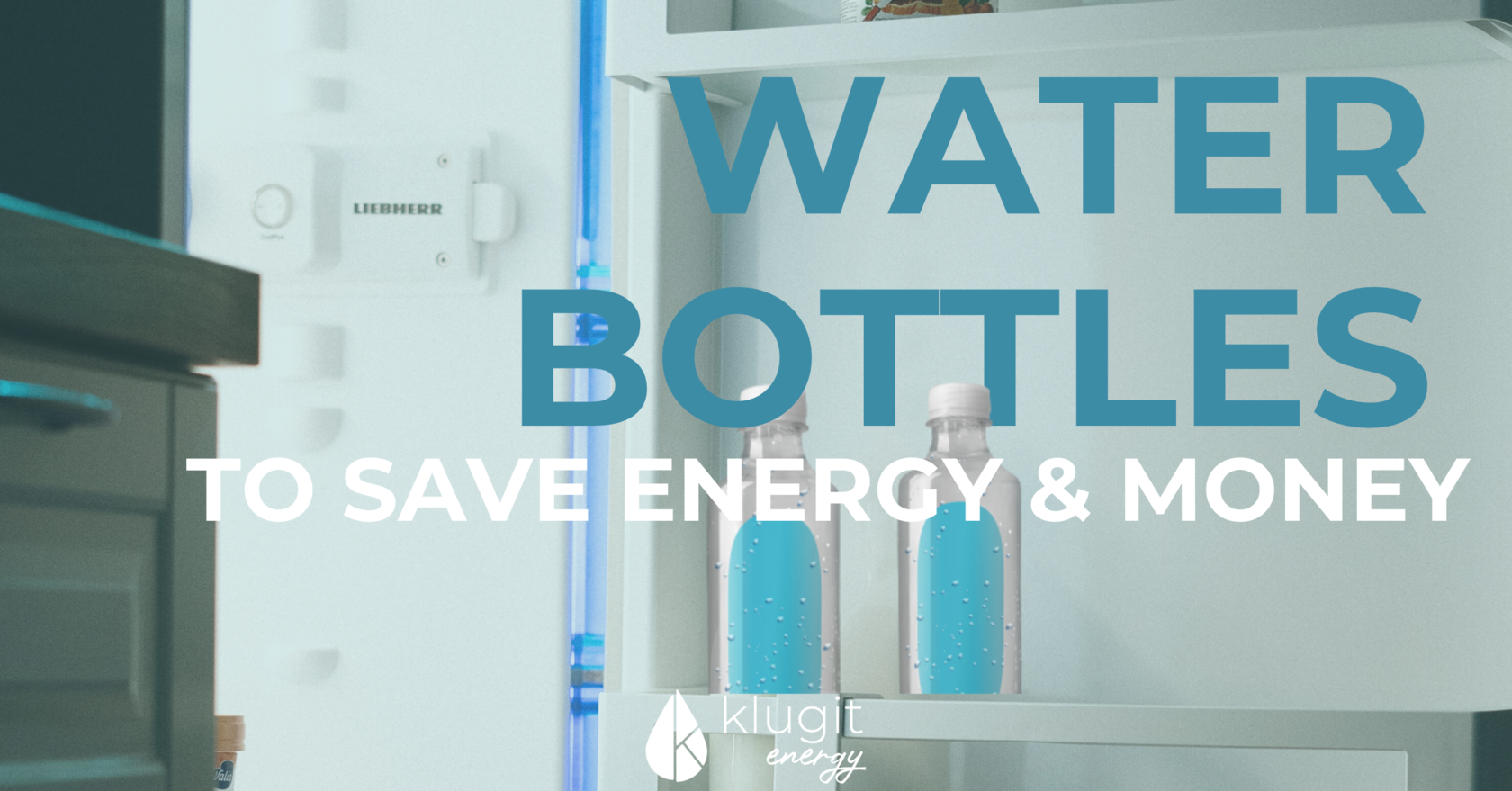If you have a numerous family, or you simply like to snack often, you might be challenging your fridge way too much. Every time the fridge is opened, cold air from inside escapes and is partially replaced with warmer air from outside. Cooling down this warm air requires extra electricity, that would not be needed if the temperature in the fridge remained steady, that is if the fridge stayed closed. The more often you go for a treat and the longer you look for it, the more draining circumstance you create for your kitchen appliance. And since electricity costs money, your wallet will not like it either!
On many forums people are suggesting putting bottles filled with water into the fridge to lower down the power consumption. Considering this is a good step on a journey towards becoming an environmentally conscious user. Bottles of water considerably increase the thermal mass that is cooled. This creates a more stable temperature inside the fridge, which leads to a higher efficiency in return. However, first this water also needs to be cooled down to the internal temperature of the fridge, which will initially raise the energy use. The more water you put in, the more energy it will take to cool down all its mass. And considering the relatively high heat capacity of water, the work to cool down this water would be much bigger than the energy loss caused by escaped air while the fridge was opened. This solution might be handy if you live somewhere cold and you have the opportunity to cool the water outside, saving your fridge the job.
Otherwise, a more elegant solution would be simply not filling the bottles with anything but air. The heat capacity of air is much smaller than that of a water, thus cooling down the same volume of it requires far less energy than that of a water. The air will remain safely trapped inside the fridge during normal use, as well as in exceptional cases of opening the door for a longer time.
If you are a more conventional type of user, simply fill the fridge with solid edibles. The more food items you put in the less air will be there to escape. Moreover, once the food is cooled, it will also help to stabilize the internal temperature. (Don’t overfill the fridge though, as it may negatively impact its functioning!)
Even though filling your fridge with bottles of air may save you some euros over time, there are other ways to be more in control of its energy use. If you don’t miss the space taken by those bottles and you’re up for an experiment, go ahead and let us know in the comments. Otherwise, you can try less adventurous ways to lower down your electricity consumption:
- Take care of your fridge radiator. Make sure it has a good ventilation and it is clean. While blocked airflow to the radiator causes the heat pump to work more, the dust acts as an insulator, making it harder for the cooling system to pump the heat out.
- Keep the fridge in a cold place. The lower the ambient temperature, the lower the work the cooling system has to do.
- Minimize the time and the number of door openings, to prevent the intake of the warm air. Organizing items inside the fridge and putting the most used ones in the top shelves might be helpful.
- Check the rubber seal. This part prevents the warm air to get inside the fridge but tends to get loose after only few years of usage.
- Don’t put warm leftovers into your fridge.
- Defrost the refrigerator when needed.
These and many more tips on how to save money by saving energy at klugitenergy.com/blog.
Subscribe to our newsletter to join Klugits fight for a clean energy future.Sources:
[1] Department of Energy & Climate Change









